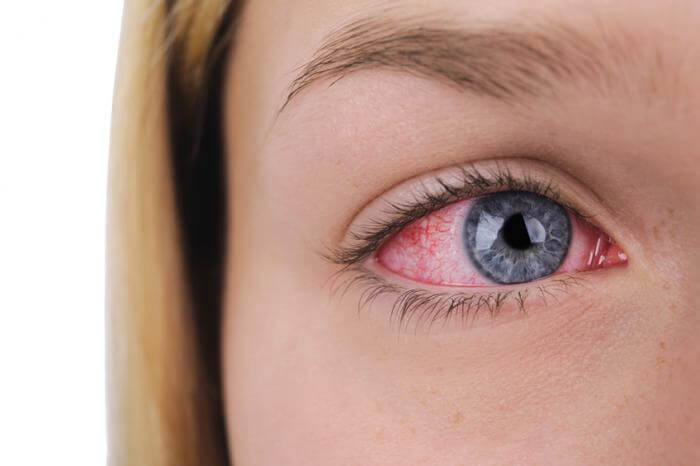Millions of Americans deal with allergic conjunctivitis. It’s a common cause of itchy, redness, and watery eyes. Allergic conjunctivitis is usually seasonal, and most commonly occurs in the spring or fall due to pollen in the air. It can affect anyone but is most common in children.
Read on to learn more about allergic conjunctivitis, what causes it, what an ocular allergy testing entails and how it can help.
What Causes Ocular Allergic Conjunctivitis
Ocular allergic conjunctivitis is triggered by exposure to an allergen. When patients have an eye allergy, their immune system overreacts and creates antibodies to identify the allergen. Future exposure to that allergen causes the immune system to release chemical mediators, usually histamine, which causes inflammation and makes the eyes red, watery and itchy.
The best way to get rid of an eye allergy is to avoid the allergen in the first place.
Here are some of the most common allergens:
- Pet dander
- Pollen from grass, trees and weeds
- Mold
- Dust mites
- Cigarette smoke
Allergic conjunctivitis can also appear as a reaction to certain medications such as penicillin, bacitracin, sulfacetamide, and anesthetics, or in response to contact lenses.
What Are The Signs Of Ocular Allergies
Symptoms of allergic conjunctivitis can vary from person to person. The most common ones include itching, watering, and redness of the white of the eye, or inner eyelid. Sometimes, eye allergies can happen together with nasal allergies and eczema.
Other symptoms of ocular allergies include:
- Tearing
- Blurred vision
- Swelling
- Discharge
- Feeling of forign object in one, or both eyes
- Burning
- Swollen eyelids
- Light sensitivity
Types Of Ocular Allergies
The three most common types of ocular allergies are:
- Vernal Keratoconjunctivitis – develops mostly in children and young adults. It has a seasonal recurrence and affects the external ocular surface.
- Atopic Keratoconjunctivitis – occurs predominantly between the late teenage years and the fifth decade of life, and affects people with a history of atopic dermatitis or eczema. It is a chronic, bilateral disease that may cause more extensive corneal and conjunctival scarring.
- Seasonal Allergic Conjunctivitis (Also Known As Hay Fever Conjunctivitis) – it is often short-lived and episodic, and is associated with seasonal allergies that usually occur during the spring and fall months.
What Is Ocular Allergy Testing And How It Can Help
An eye allergy test may sound scary, but it isn’t something to be afraid of. It is a simple, quick, and painless procedure that allows your eye specialist to identify the allergen or substance that is causing you issues. It is administered using a plastic, skin-prick test applicator placed on your arms and it takes a few minutes to perform, offering the results in 10-15 minutes.
If you want to stay on top of your eye health you need to take care of your vision just like you take care of your physical health. Vision problems are often overlooked and ignored until they are severe and cause significant issues in daily activities.
Have your eyes checked by a top ophthalmologist in Los Angeles at least once every two years. During your comprehensive eye exam, the doctor will look for any signs of eye diseases and when needed, recommend certain medical eye care procedures.


